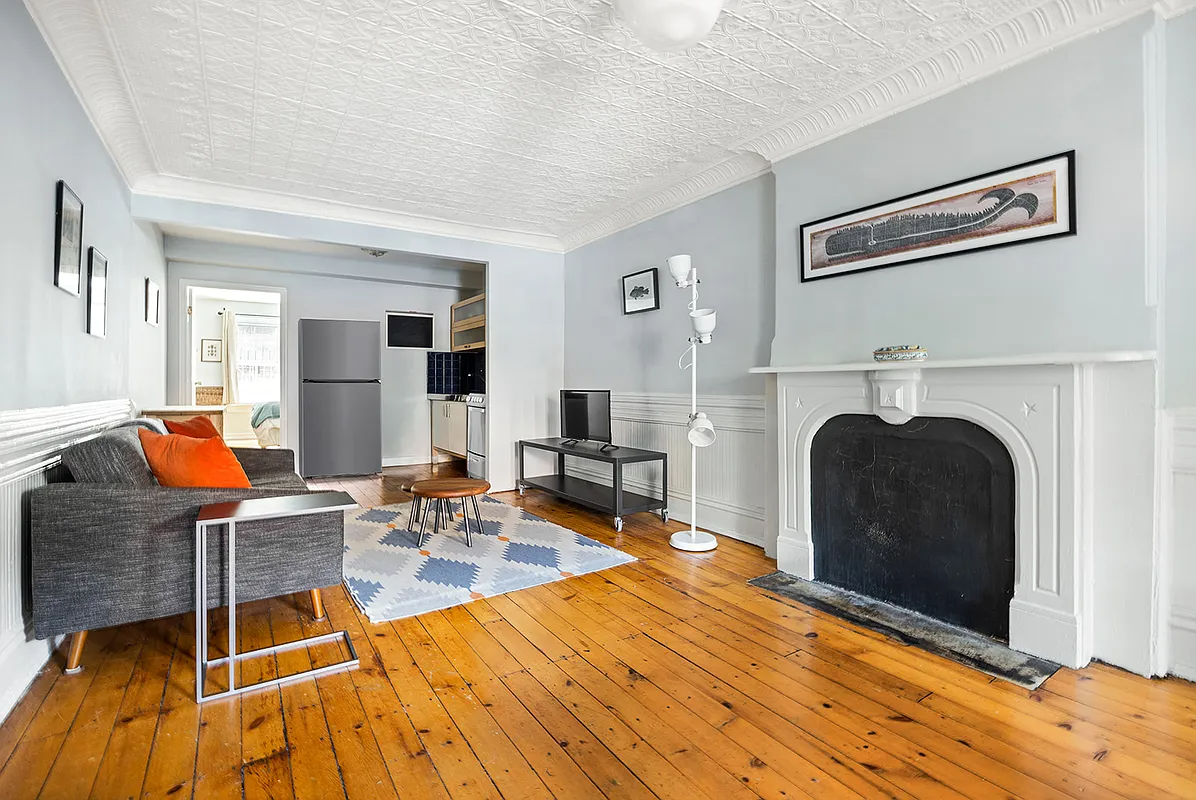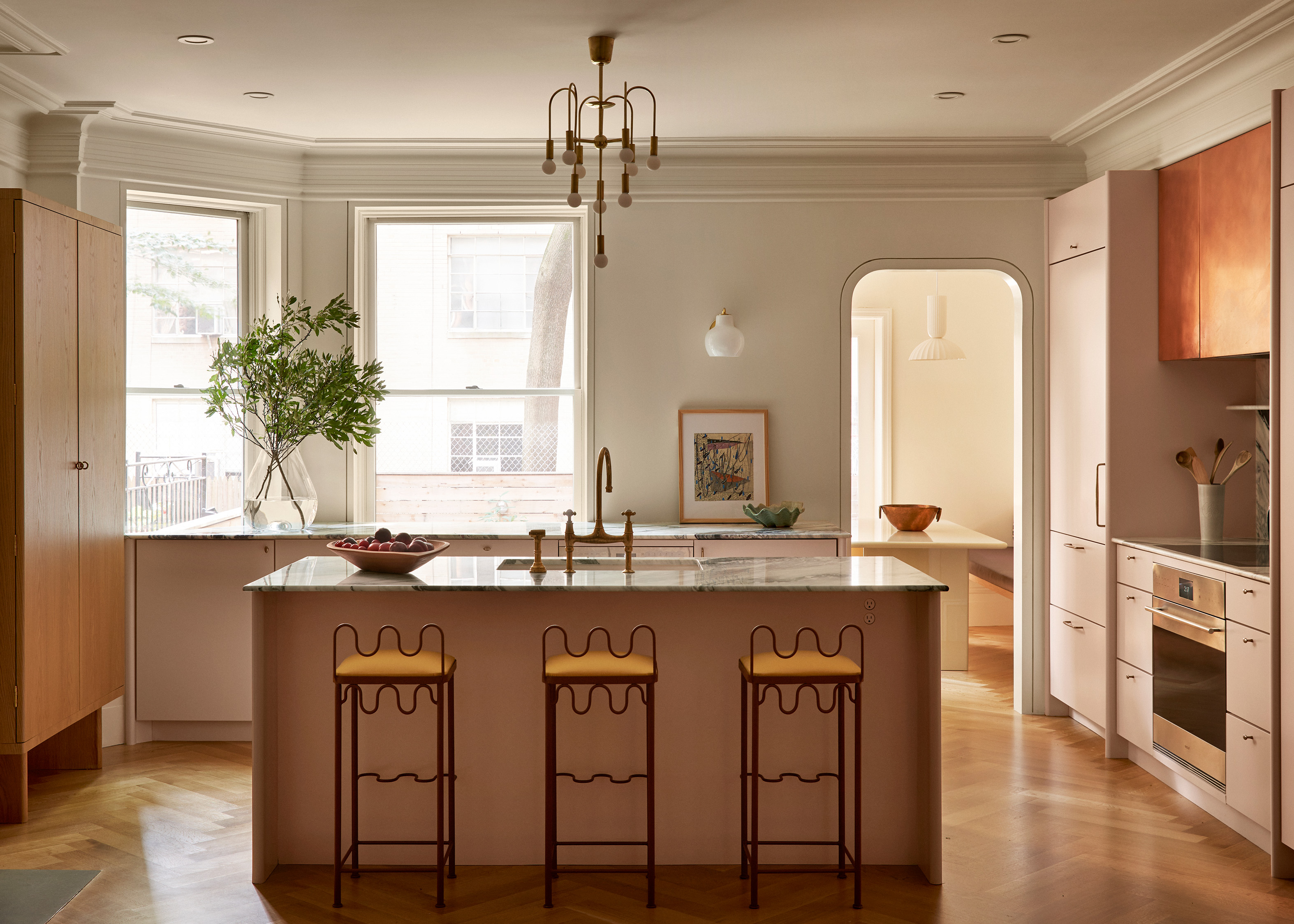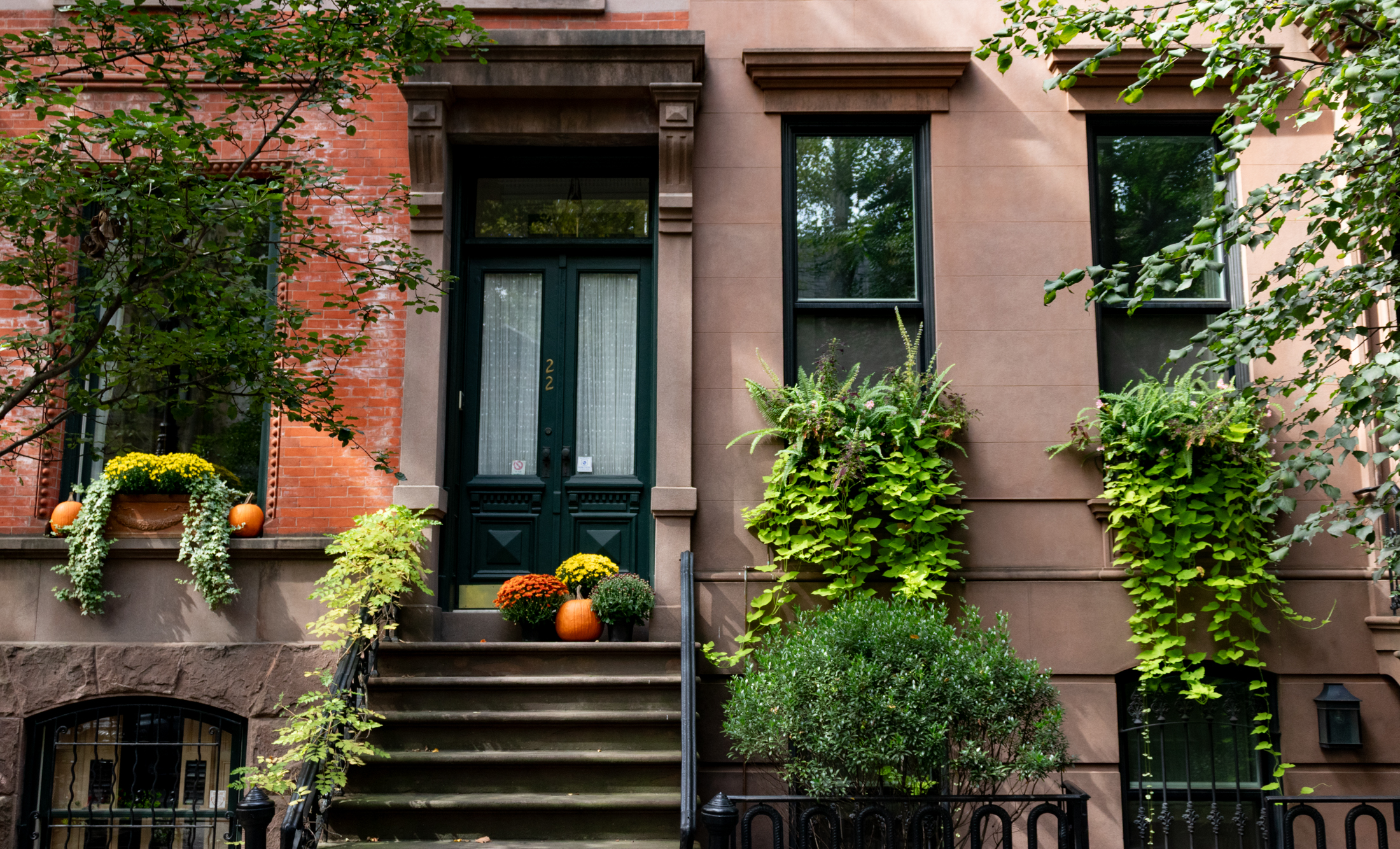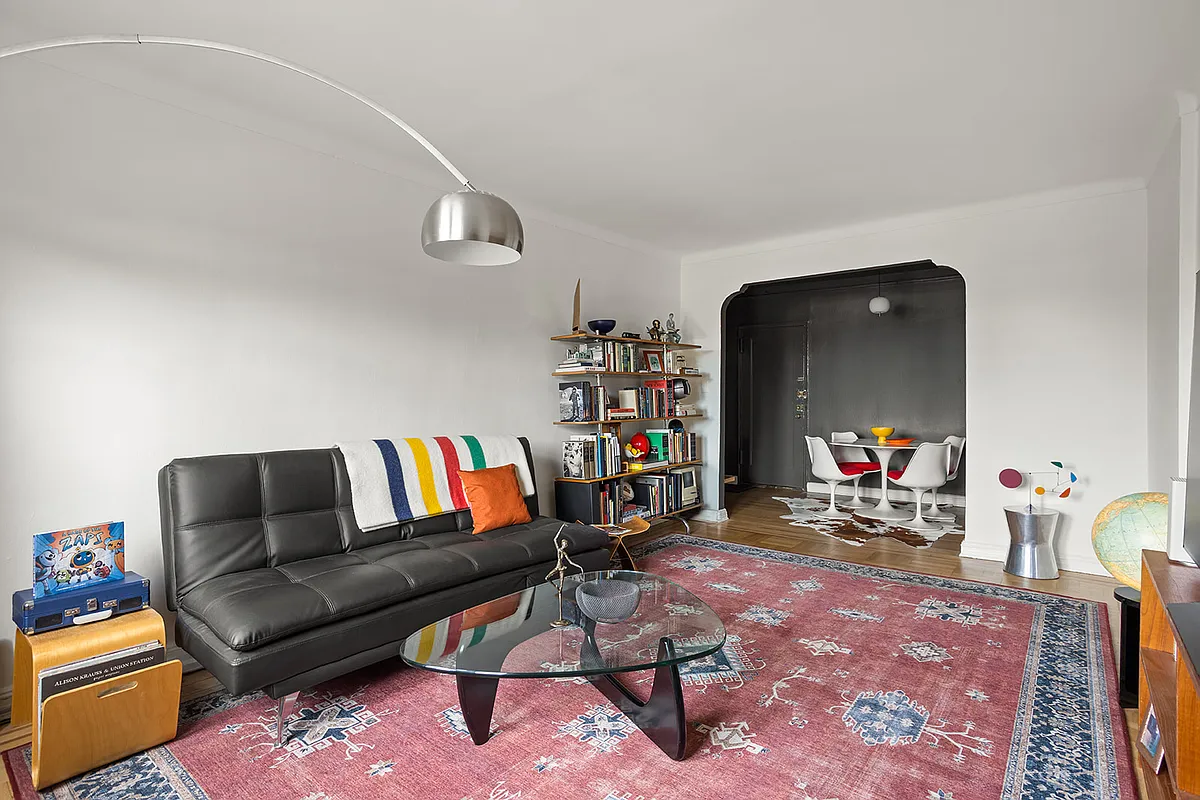Market Predictions for 2006: Neighborhood Picks
In what is now becoming an annual tradition, we invite you to share your thoughts and predictions for the Brooklyn housing market in 2006. Like last year, we’re particularly curious to hear your neighborhood “longs” and “shorts”. On a risk-adjusted basis, we’re most bullish on Prospect Heights and Carroll Gardens and, relatively speaking, would bet…

 In what is now becoming an annual tradition, we invite you to share your thoughts and predictions for the Brooklyn housing market in 2006. Like last year, we’re particularly curious to hear your neighborhood “longs” and “shorts”. On a risk-adjusted basis, we’re most bullish on Prospect Heights and Carroll Gardens and, relatively speaking, would bet against Williamsburg. Overall, though, we don’t think 2006 will look at all like 2005, which was marked by huge surges in prices in some rapidly gentrifying neighborhoods. From where we sit, 2006 is looking like a year for the market to take a breath and digest all the rapid-fire changes that have occurred in recent years. Barring a big move upward in rates, we think prices will more-or-less move sideways. In our own little corner of Brooklyn, the big test will be whether the upscaling of Fulton Street can extend beyond Fort Greene. Man, could we use a gourmet market in Clinton Hill! Anyway, that’s how we see it. But what do we know. We’d rather hear from you.
In what is now becoming an annual tradition, we invite you to share your thoughts and predictions for the Brooklyn housing market in 2006. Like last year, we’re particularly curious to hear your neighborhood “longs” and “shorts”. On a risk-adjusted basis, we’re most bullish on Prospect Heights and Carroll Gardens and, relatively speaking, would bet against Williamsburg. Overall, though, we don’t think 2006 will look at all like 2005, which was marked by huge surges in prices in some rapidly gentrifying neighborhoods. From where we sit, 2006 is looking like a year for the market to take a breath and digest all the rapid-fire changes that have occurred in recent years. Barring a big move upward in rates, we think prices will more-or-less move sideways. In our own little corner of Brooklyn, the big test will be whether the upscaling of Fulton Street can extend beyond Fort Greene. Man, could we use a gourmet market in Clinton Hill! Anyway, that’s how we see it. But what do we know. We’d rather hear from you.
Happy New Year.
Brownstoner





anon-o-man,
You had me except for “I actually have come to appreciate the “lack of amenities” in the manor, which looks pretty much the way it did when it was built 100 years ago”…
Sorry, that sounds like protesting too much. Park Slope has amenities, but that doesn’t mean they plopped grocery stores and restaurants in the middle of Montgomery Place. For the most part — just as in the LM vicinity — the “amenities” are on avenues zoned for such amenities. As you pretty much say yourself, Flatbush would be better off if it looked nicer and had better amenities. And that would make the neighborhood worth more. If they existed.
Prime LM is beautiful. I can totally understand acccepting whatever tradeoffs to live in one of those houses. But to sell the lack of amenities as not a bug but a feature… sorry, I don’t buy it.
ITA, Anonymous at December 30, 2005 10:29 AM. We own a 2family in PLG and are currently looking for a 1fam in the same area. No pressure for us. We’ll buy when we find one that fits our needs, which include being able to afford it on just one of our incomes. A drop in prices would be a plus, since we won’t be selling our 2-family. The rental income already covers 3/5ths of our mortgage. The house would more than pay for itself when we rented out our current living space and that’s all I ask.
sorry, but the market doesn’t bear that out. Prices have risen in fort greene, ditmas park, clinton hill (bad schools) much more on a percentage basis than park slope or brooklyn heights (good schools). You may say they will far harder too, but I think at this point anybody who can afford a million dollar brownstone can certainly afford the private school tuition. Also, you have no control in the public school system its a lot of lottery, etc.
Your numbers are way off on the difference in real estate prices. You can buy a huge house in Prospect park south for 1.4 m and need to spend 2.5 m in PS 321 for similar square footage etc. THAT’s a million dollar differnce in saving for 5 years even with two children at 20k a year is 200K minus the increased taxes. All for a an overcrowded PS 321 for a short period and then have to go through lotteries and test taking for magnet schools. It just doesn’t add up and I think as I pointed out in the beginning the recent market has borne out that good public schools areas has not been a better investment than non good public school areas. Again I think the idea works better in the suburbs than in NYC where everyone just expects to pay for private school at least in this income bracket.
To anonymous from 9:27:
Have you ever been to Lefferts Manor, or spent any significant time there? Sure, a house in Lefferts should cost less than a comparable house in prime Park Slope. But prime LM is an awsome place to live, and houses there don’t merit the sort of discount you suggested. (Less than 50% of the price of a comparable house in PS.) And as the rest of brownstone Brooklyn becomes increasingly overdeveloped, I actually have come to appreciate the “lack of amenities” in the manor, which looks pretty much the way it did when it was built 100 years ago, Yes, Flatbush is a mess. (Although a new cafe is slated to open there pretty soon.) But for the most part, it’s quiet, neighborly and safe. (the 71st precinct is excellent and works closely with the community.) Kids here play in front of their houses all the time, just like their friends in other neighborhoods do. it’s close to the park, the botantic garden, the ice skating rink, etc. having said that, you may well have a point that lower prices would be good over the long-term for LM, Crown Heights and other areas. The combination of lower prices and great housing stock drew former Manhattanites like me to Park Slope years ago. We felt like we were getting a great deal. And we were. Over the longer run, a neighborhood with great housing stock and other strong fundamentals has little to fear from a temporary decline, even one that lasts a number of years.
and yes, the people on this site remain bullish. they should, because brownstone brooklyn remains one of the top destinations in the U.S., and a correction in the housing market won’t change that. while housing in most parts of the U.S. is fairly interchangeable, brownstones remain unique and irreplacable and will demand a premium well into the future because they are urban living under optimum conditions.
Sending your child to PS 321 for 4 years represents a savings of $100,000 over private school–per child! After that, you get him/her into a good magnet school, or you use the money you earned from the hundred grand you invested to send him/her to private school.
Schools matter a grea deal. Buying a home in an area with poor schools only makes sense if the prices are cheap enough to allow you to send your children to private schools. Poor schools create a price ceiling.
The thing is, people are thinking about this the wrong way. If brownstone prices level off or go down a bit (which would still make them expensive by many peoples’ standards), then it would be a great time to buy if you have the means. Buy low, sell high (though the “low” in this case is really not that low at all – if the prices go down much at all for brownstones/houses in gentrified/gentrifying Brooklyn). I already own a Brownstone and am in the process of saving up as much as possible so that if there is any sort of significant slowdown in price appreciation and/or drop, I can take advantage of it and buy more. That’s not being overenthusiastic, that is being a smart investor.
Yes, the school thing is total BS. Maybe it works in the suburbs, here what do you do after ps 321? Most people send their kids on to private school in any case so why pay the premium (say 500k) for a decent elementary school that you can use for maybe 5 years? It just doesn’t make financial sense. You’re better off with a lower price on a house in ditmas park with lower taxes and having a choice of private school.
In reply to “It’s all about schools in Brooklyn”, I have lived in PH for many years and while people are aware of the lack of top notch public schools it doesn’t seem to stop couples from moving here or having kids. The kids go to private schools, public schools or are home schooled. Maybe todays’s buyers are different but up to now there is no shortage of kids in PH.
The fact is that prices in many areas have become overinflated and should be reduced. For example, some early post said that houses in Lefferts Manor are half those in the Slope. But if you pay 2.5 million for a house in the slope you’re paying for the house, the schools, the status, proximity to Manhattan, proximity to the park et. al., the relative safety, the relative quiet, the restaurants, the food stores, the trendy home stores, and the clothing stores. If you buy a similar house in LM, you’re paying for the house and proximity to the park et. al. That isn’t half of what the Slope offers–and it shouldn’t cost half as much.
In the end, reduced prices will be good for areas like LM. They are appealing to “creative professionals” who can’t afford the current asking prices. Which is why nothing is selling. As prices go down, buyers will return.